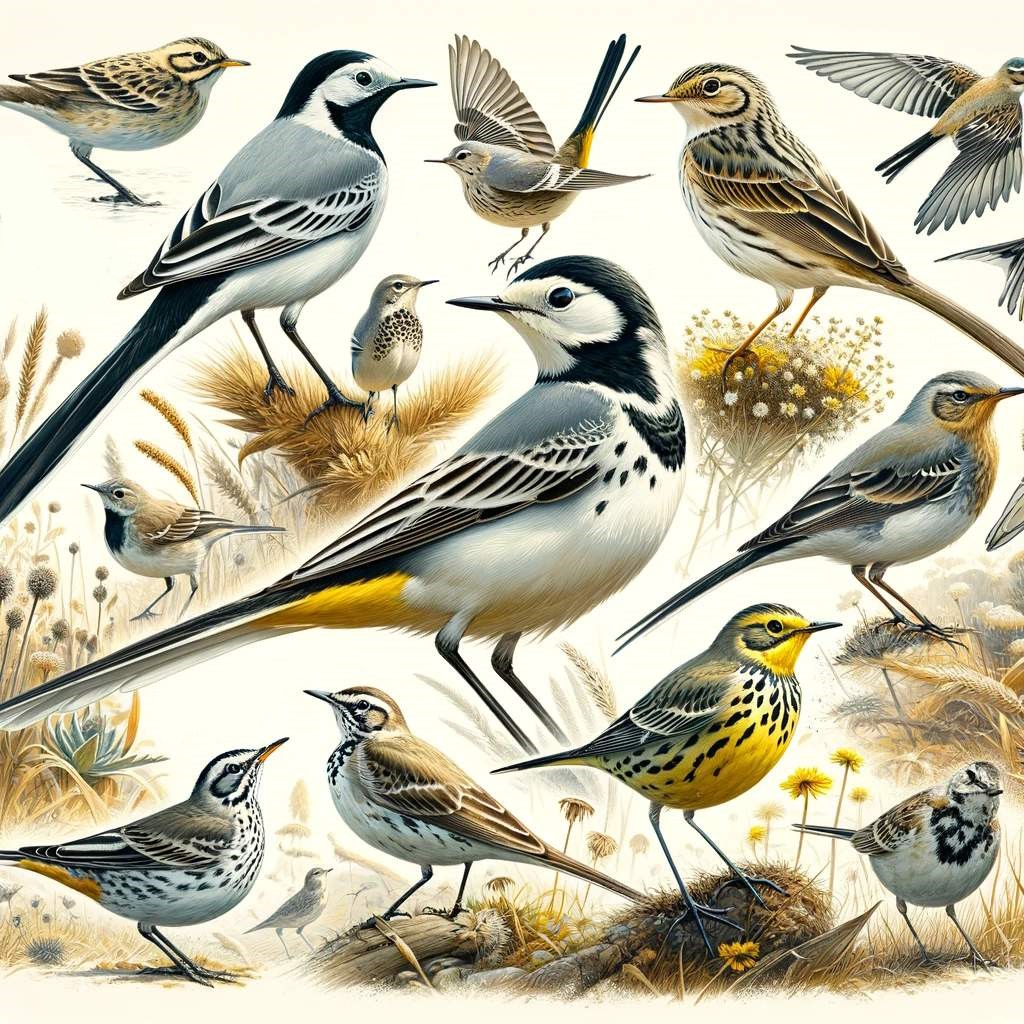
Nepal, a country rich in biodiversity, is home to an astonishing array of bird species. Among these feathered wonders, the Motacillidae bird family holds a special place in the hearts of birdwatchers and nature enthusiasts alike. In this post, we'll delve into the technical aspects of this fascinating bird family, explore their habitat in Nepal, and discuss why they're so captivating to observers.
A Closer Look at Motacillidae
Motacillidae is a family comprised of wagtails, pipits, and longclaws, encompassing around 66 known species worldwide. What makes these birds stand out is their distinctive habit of constantly wagging or flicking their long tails. The lively movements captivate observers and have earned them the name "wagtails."
Motacillidae birds are primarily insectivorous, feeding on a diet of insects and their larvae. They’re known for their ground-feeding nature and exhibit striking agility as they forage for food.
Nepal's Motacillidae Habitat
Nepal’s diverse landscape serves as a thriving habitat for numerous Motacillidae species. From lush lowland forests to alpine grasslands, these birds can be observed across various elevations within the country. Some commonly spotted species include the White-browed Wagtail, Yellow Wagtail, and Gray Wagtail.
Understanding Piaget’s Theory through Song
One fascinating aspect of Motacillidae birds lies in their complex vocalization patterns. These intricate songs often adhere to specific structures reflecting unique dialects within each population. Researchers have applied Piaget’s Theory of Cognitive Development to better understand the learning process behind these melodious performances.
Piaget’s theory suggests that avian song development occurs through stages similar to human language acquisition, involving imitation, experimentation, and reinforcement. By examining the dialect variations among Motacillidae populations, scientists aim to gain insight into the birds' cognitive abilities and learning process.
The Importance of Conservation
As with many other species in Nepal and around the world, Motacillidae birds face threats that could impact their population. Habitat loss, climate change, and pollution are just a few factors exerting pressure on these charming creatures.
Conservation efforts are essential in preserving the vibrant Motacillidae family for future generations. These endeavors include habitat restoration, continued research to better understand their ecology, and raising public awareness about the importance of bird conservation.
Conclusion
The Motacillidae family is a captivating group of birds that grace the diverse landscapes of Nepal with their unique behavior and enchanting melodies. Understanding their technical aspects not only deepens our appreciation for these avian wonders but also highlights the importance of conserving their natural habitats. Embracing these insights allows us to enjoy the presence of wagtails, pipits, and longclaws for years to come and contribute to the preservation of Nepal's rich birdlife heritage.
